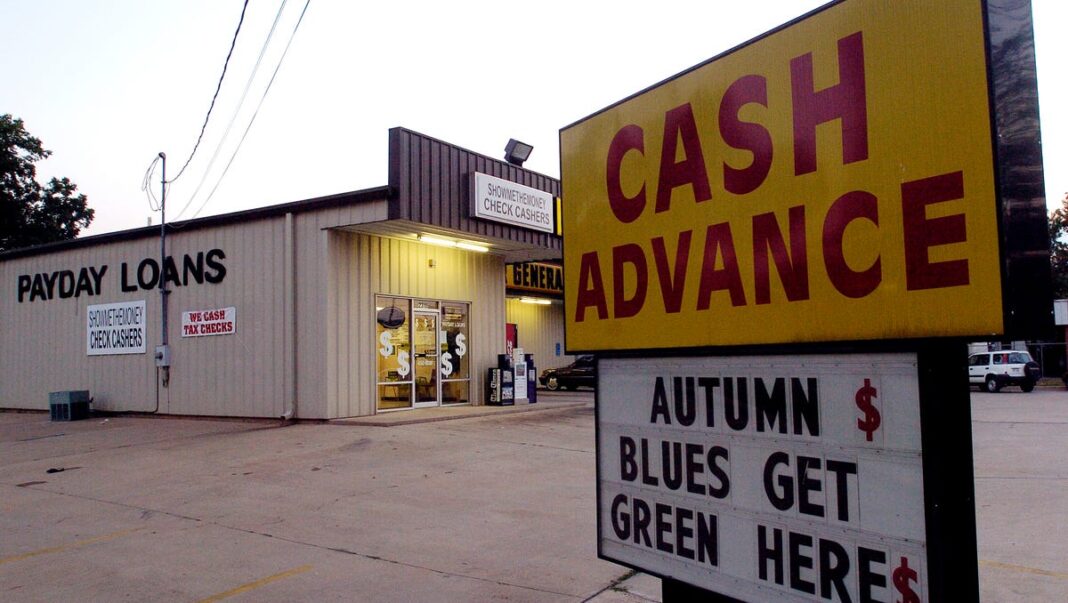FDIC report reveals ‘underbanked’ households are more inclined to invest in cryptocurrency
A recent government report indicates that American households that commonly use alternative financial services, such as check cashing and payday loans, are more likely to own cryptocurrencies—despite the potential risks—compared to those who have easier access to conventional banks.
The report from the U.S. Federal Deposit Insurance Corporation (FDIC) also highlighted that one in eight consumers utilizing buy-now-pay-later (BNPL) services had either made a late payment or missed it on at least one transaction.
These insights are part of a regular survey that examines “underbanked” and “unbanked” households, which are those with limited or no access to traditional banking services.
The FDIC carried out this survey in June 2023, involving 30,000 households, as part of an ongoing assessment initiated following the 2007 global financial crisis.
The percentage of people classified as “unbanked,” meaning those who do not use any checking or savings accounts, has decreased by almost 50% since 2011, now standing at 4.2%, or approximately 5.6 million households, according to this survey.
However, there are significant disparities across various demographics, with lower-income Black, Hispanic, Native American, Alaska Native, and single-parent households, as well as those with disabled working-age members, being far more likely to remain unbanked.
These households are also significantly more prone to be classified as underbanked, meaning they have bank accounts but have relied on alternative lending sources such as pawn shops, title lenders, or check-cashing services over the past year to meet their financial needs.
In total, 14.2% of U.S. households, or 19 million, are categorized as underbanked. Among these, over 6% possess digital currencies, compared to 4.8% of households with full access to traditional banking.
Almost 10% of underbanked households report using the increasingly favored BNPL services, in contrast with just 3% among fully banked households.
Around 13% of BNPL users experienced missed payments or late payments, a statistic that jumps to over 20% among the underbanked population.

